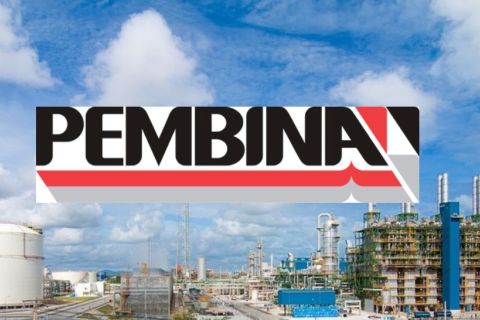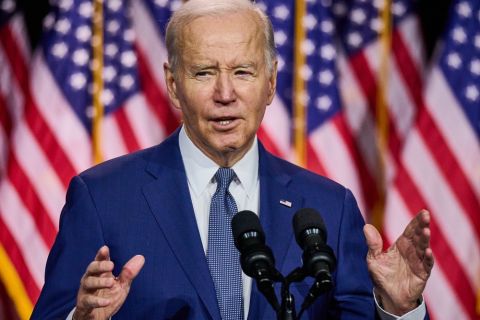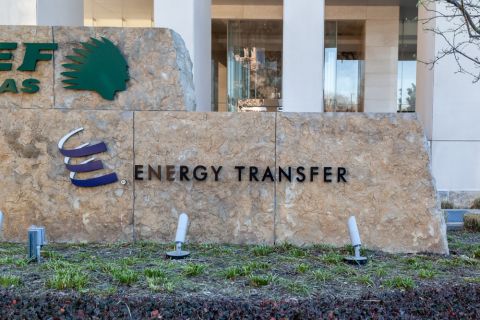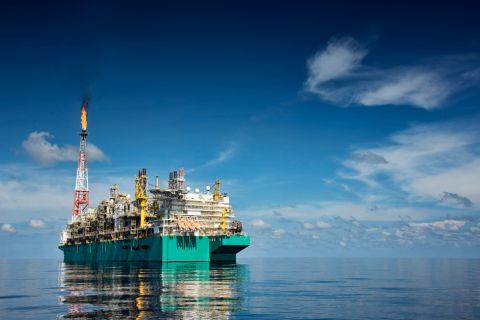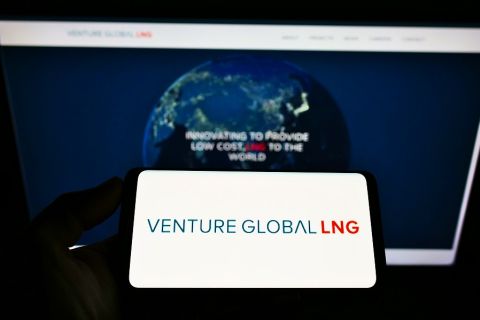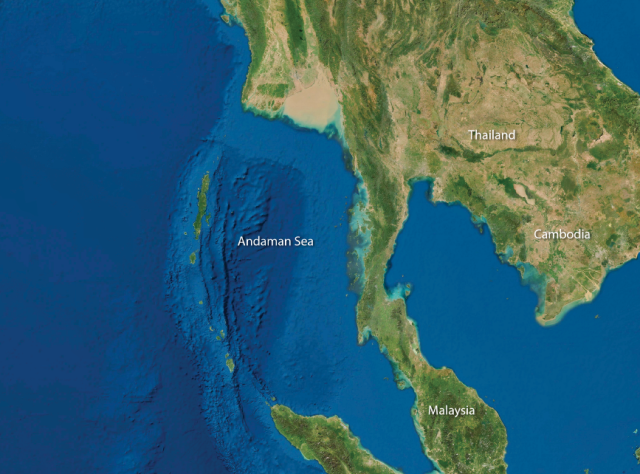
(Source: Kitnha/Shutterstock.com)
[Editor's note: This article originally appeared in the November issue of E&P Plus. Subscribe to the digital publication here.]
Following an extensive 3D seismic survey and the confirmation of a large wet gas prospect in the southern Andaman Sea, Premier Oil and other major companies are planning to explore the gas and condensate potential.
The recent discovery in the sea by Premier Oil is near a mothballed LNG train at the onshore Arun facility on the island of Sumatra, Indonesia, in the Andaman II Block.
The large wet gas prospect has an estimated prospective resource of approximately 6 Tcf of gas and 200 MMbbl of condensate in each of the Andaman blocks. Field development and exploratory drilling is planned in 2022 for both prospects. The Andaman II license is located in the underexplored but proven offshore North Sumatra Basin, and exploration drilling is planned in the Andaman II and South Andaman blocks.
The primary focus will be on two Andaman II prospects, Timpan and Sangar, which underpin a proposed field development. An FPSO vessel would receive the feedstock, and the gas would be piped to the onshore Arun facility, which is within 320 km to the south.
In early 2020, Mubadala Petroleum completed the farm-out of a 20% participating interest in each of the Andaman I and South Andaman gross split production-sharing contracts to Premier Oil. With participating interests in these three adjacent blocks, Mubadala is the largest net acreage holder in the area, securing the core of the underexplored but proven North Sumatra Basin offshore Aceh for future exploration.
According to a 2019 Premier Oil corporate presentation, its expanded position in the South Andaman Sea gas play has low upfront costs, but at that point, they had no well commitments.
CEO Tony Durrant said, “We have completed a 3D survey with encouraging initial results. The prospectivity on 2D seismic was confirmed with further upside identified. We are also planning a two-well program targeted for 2021 in Andaman II and South Andaman.”
About the Andaman Sea
The original Andaman Sea oil and gas exploration began with surveying and mapping in 1959 by Oil and Natural Gas Corp. Ltd. (ONGC). Geophysical surveys in the offshore areas of the Andaman-Nicobar Basin were started by ONGC in 1977 with 24-fold common depth point seismic reflection in 1977.
Seismic surveying began in the 1990s east and south of the sea, and 2D and 3D surveying helped detail the Neogene prospects identified earlier and in mapping of additional prospects within the Pre-Neogene section.
According to GEO ExPro, the Andaman Sea Basin is still considered “frontier” for hydrocarbon exploration, as only 13 exploration wells have been drilled in the project area. A few wells were drilled in the 1980s, followed by a second phase of drilling from 1984 to 1987. All of the wells targeted the shallow-water part of the fore-arc basin, and most of them were close to the Andaman Islands. Of these wells, the first to be drilled (AN-01-1) discovered gas in Miocene Limestone, which flowed on-tes,t and another well (AN-32-1) encountered gas shows.
The Andaman Sea Basin extends approximately 1,250 km from Myanmar to Sumatra and was formed by the oblique converging plate boundaries of the Indian Oceanic and Southeast Asia tectonic plates, which was initiated in the early Cretaceous and has continued to the present day. The effects of the easterly subduction of the Indian Ocean Plate beneath the Southeast Asia plate created a classic island arc system with the formation of six discreet geotectonic units, which include (from west to east through the Andaman area) the foredeep (Andaman Trench), inner slope/accretionary prism, island arc/outer structural high, fore-arc basin, volcanic-arc and back-arc basin.
The arc system is interrupted in the Andaman-Nicobar area by a mid-Miocene to present day spreading center. This is opening in a north-north-west to south-south-east direction, and it comprises a series of segments separated by similarly trending transform faults.
The Timpan and Sangar clusters are large four-way, dip-closed structures with strong seismic amplitude change with offset responses, and flat spots shown in the Premier Oil survey conform to structure.
Other Exploration
ONGC also is focusing on the unexplored deep waters of the Andaman Nicobar Basin, the Indian frontier zone that lies between hydrocarbon producing fields in south Myanmar and northwest Indonesia. The company will be targeting the Andaman Nicobar deep waters because of the potential for hydrocarbon reserves. Studies indicate the Andaman Nicobar Basin has potential to produce oil and gas like the adjoining basins in south Myanmar and southwest Indonesia, as the geological structures of the three are same.
According to ONGC, the Andaman Nicobar Basin, spread over an area of 47,000 sq km—including deep waters in southeastern part of Bay of Bengal— is part of the Island Arc System that extends from Myanmar in the north to Indonesia in the south. The giant Yadana and Yetagun gas fields in Myanmar are located on the north side of Andaman Basin, while Arun, Kuala Langsa and NSO in North Sumatra Basin (Indonesia) are in the south.
ONGC plans to launch a new exploration campaign to drill as many as 18 wells in six deepwater blocks in the Andaman Basin. The exploration program includes drilling three exploratory wells in each of the six blocks that are located in water depths between 9,170 ft and 11,221 ft on the east and west sides of Andaman and Nicobar islands.
ONGC has submitted a proposal to India’s federal environment ministry to drill each of the 18 wells in six blocks to a depth about 19,685 ft.
The first four are located in water depths of 2,875 m to 2,980 m on the west of the Andaman Islands. The remaining two are in water depths of 2,320 m to 3,420 m.
The geophysical and 2D seismic surveys by ONGC in the deepwater blocks have shown the presence of hydrocarbons and the prospects for large hydrocarbon reserves, similar to the ones in the neighboring oil and gas fields in Myanmar and Indonesia.
Malaysia
Several major upstream and downstream oil and natural gas projects have been commissioned in Malaysia during the past few years as part of the country’s strategy to enhance output from existing oil and natural gas fields.
In the offshore Malaysia portion in the Mottama Gulf, PTT Exploration and Production has found commercially proven gas reserves in Block M9 in the Zawtika prospect. According to the company, well 4-Zawtika successfully proved commercial hydrocarbon reserves with about 500 ft of net gas sands, more than the expected 134 ft.
Myanmar
The state-run Myanmar Oil and Gas Enterprise signed agreements for gas production with partners including MPRL E&P Co., Woodside Energy and Total.
The agreements cover production at offshore gas block A-6, which is west of the Ayeyarwady region and has good prospects for commercial production, according to MPRL E&P Co.
The Block A6 Region joint venture, which includes partners Total, Woodside Petroleum and MPRL E&P, will be Myanmar’s first ultradeepwater natural gas field project. It is also the only new gas development to be started under the country’s administration.
The field is estimated to contain 2 Tcf to 3 Tcf of gas, with a projected daily output of 400 MMscf, which is approximately 20% of Myanmar’s existing daily output.
Although not expected to come onstream until 2024—an optimistic forecast according to some analysts—the project is expected to bolster national energy supplies and provide needed state revenues in a country known for having one of the lowest tax takes worldwide.
Editor’s note: This story was completed prior to Chrysaor’s purchase of Premier Oil in early October.
Recommended Reading
Pembina Pipeline Enters Ethane-Supply Agreement, Slow Walks LNG Project
2024-02-26 - Canadian midstream company Pembina Pipeline also said it would hold off on new LNG terminal decision in a fourth quarter earnings call.
EQT CEO: Biden's LNG Pause Mirrors Midstream ‘Playbook’ of Delay, Doubt
2024-02-06 - At a Congressional hearing, EQT CEO Toby Rice blasted the Biden administration and said the same tactics used to stifle pipeline construction—by introducing delays and uncertainty—appear to be behind President Joe Biden’s pause on LNG terminal permitting.
Energy Transfer Asks FERC to Weigh in on Williams Gas Project
2024-04-08 - Energy Transfer's filing continues the dispute over Williams’ development of the Louisiana Energy Gateway.
Canada’s First FLNG Project Gets Underway
2024-04-12 - Black & Veatch and Samsung Heavy Industries have been given notice to proceed with a floating LNG facility near Kitimat, British Columbia, Canada.
Venture Global Acquires Nine LNG-powered Vessels
2024-03-18 - Venture Global plans to deliver the vessels, which are currently under construction in South Korea, starting later this year.

